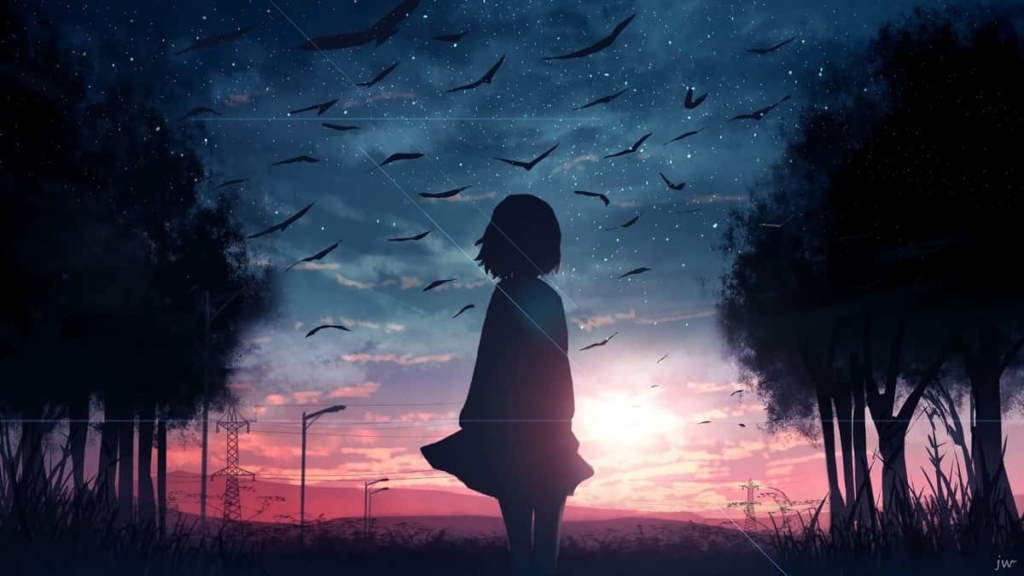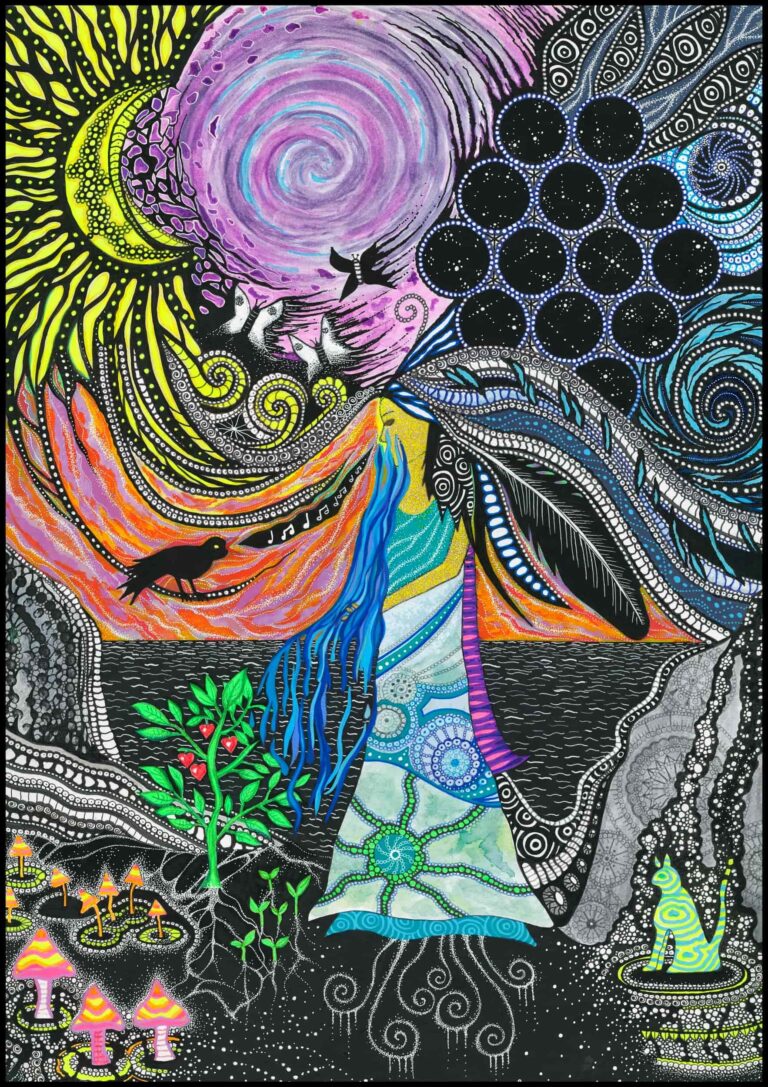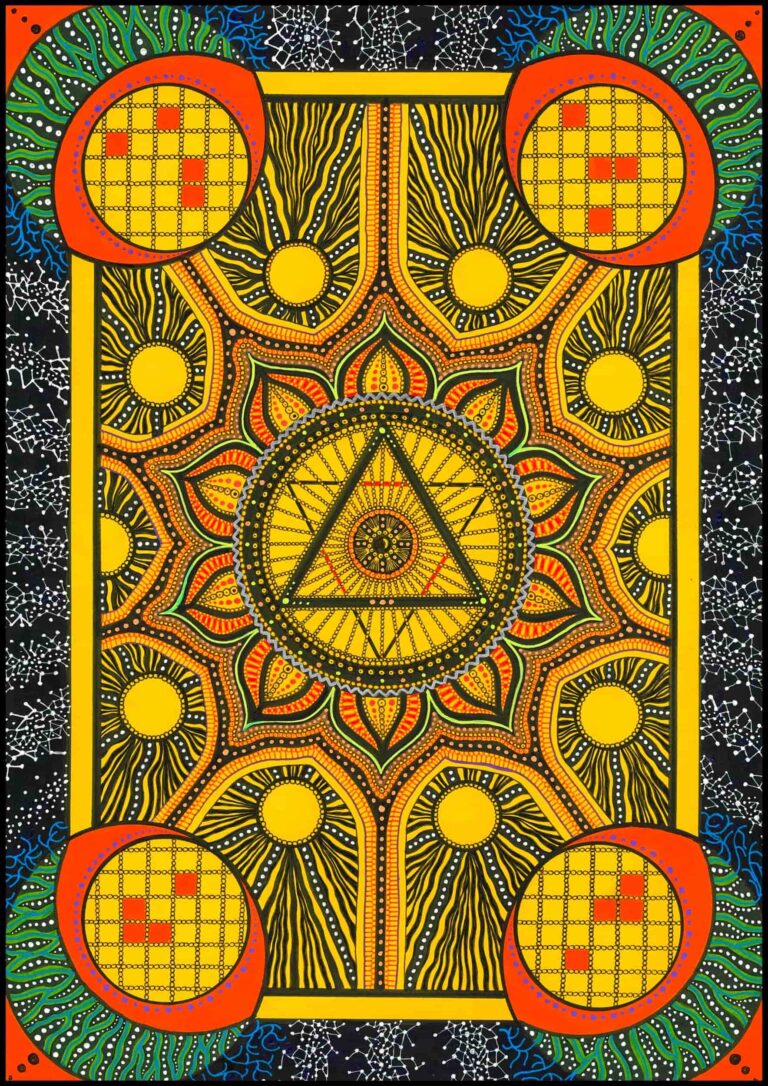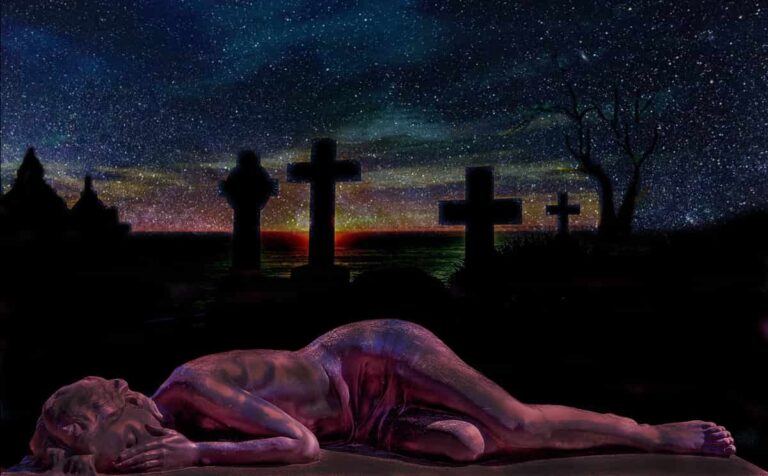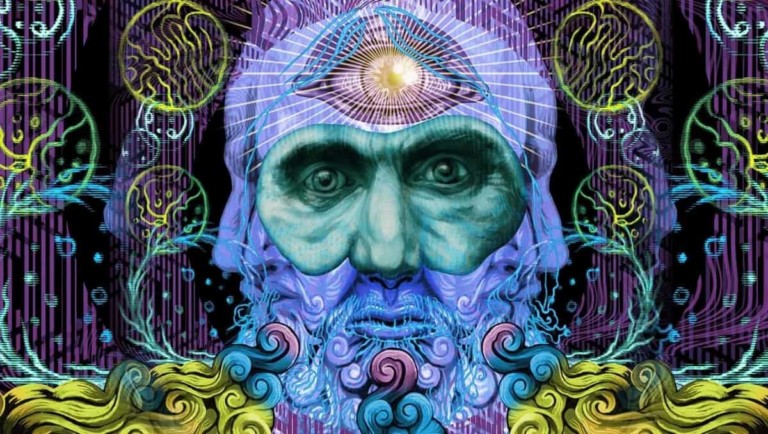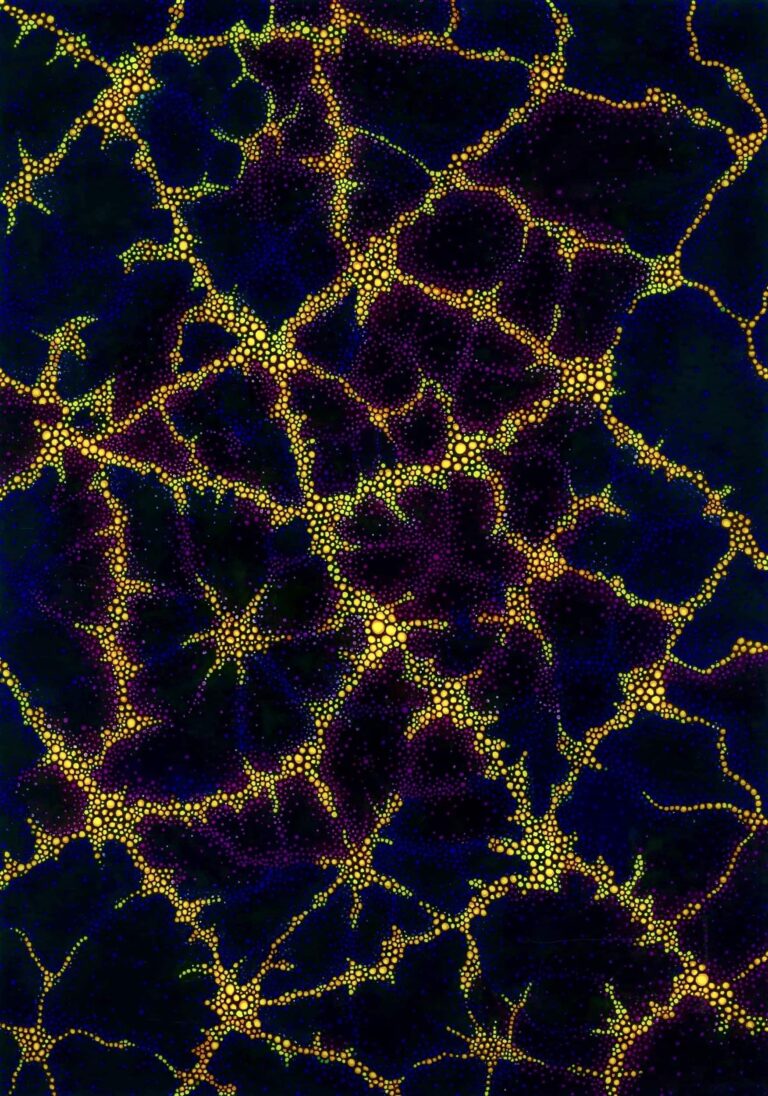There are many causes of PTSD. Mine - from 'developmental trauma' - is just one cause.
My PTSD was created from my upbringing.
Many kids who grew up in this organisation went on to develop serious mental health issues - because they were CREATED IN US.
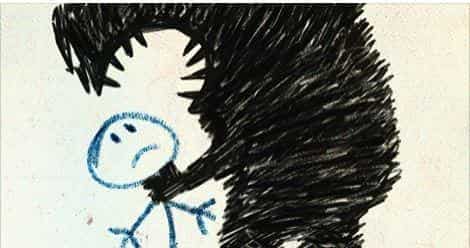
Addiction never helps to manage PTSD.
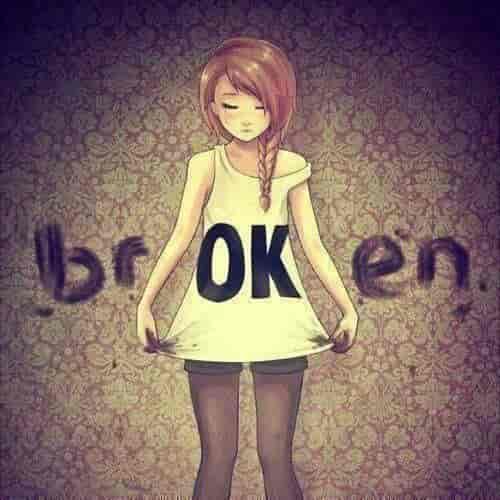
Any 'anchor' to my childhood took me back.

And I repeated this for about 25 years, gradually needing more and more to keep it locked in the vault.
Several times I entered some kind of ‘altered state’ of higher awareness. When I’d come back, I’d instantly see an old part of my story in an entirely new perspective.
How mindful drawing helps to manage PTSD
These days, I no longer have any active addictions.
Little side note: I've forgiven my mum and step dad.
It’s not their fault. When you’re on a healing journey, you get to the point where you let go of blame, hate and resentment. You have to, because you cannot heal while holding onto such low-vibration, toxic emotions.
Plus now I understand that they both just passed on trauma that was passed down to them. They never knew any other way. I know they both love me very much, and I know they feel bad for what happened, even though the words have never been said.
These days my step dad paints me lots of rocks. SO MANY rocks. I know this is his way of showing me he cares. This is how he says sorry.
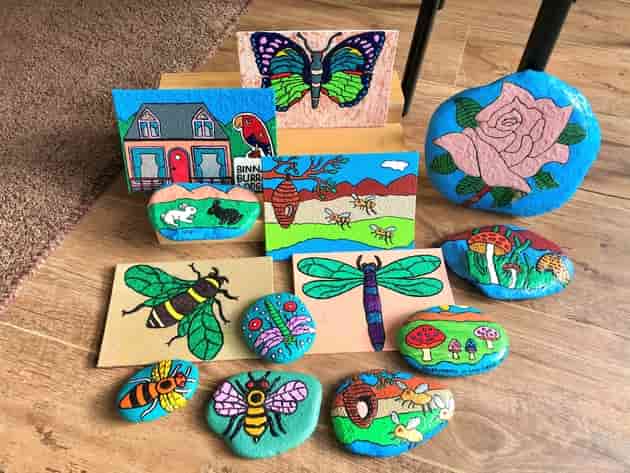
I hope you'll give mindful drawing a try to help you manage PTSD, just as it did for me.
Mindful drawing will connect you to the part of yourself that knows how to heal. You don’t have anything to lose except your suffering, and you have a whole lot to gain. I can teach you how to do it here.
